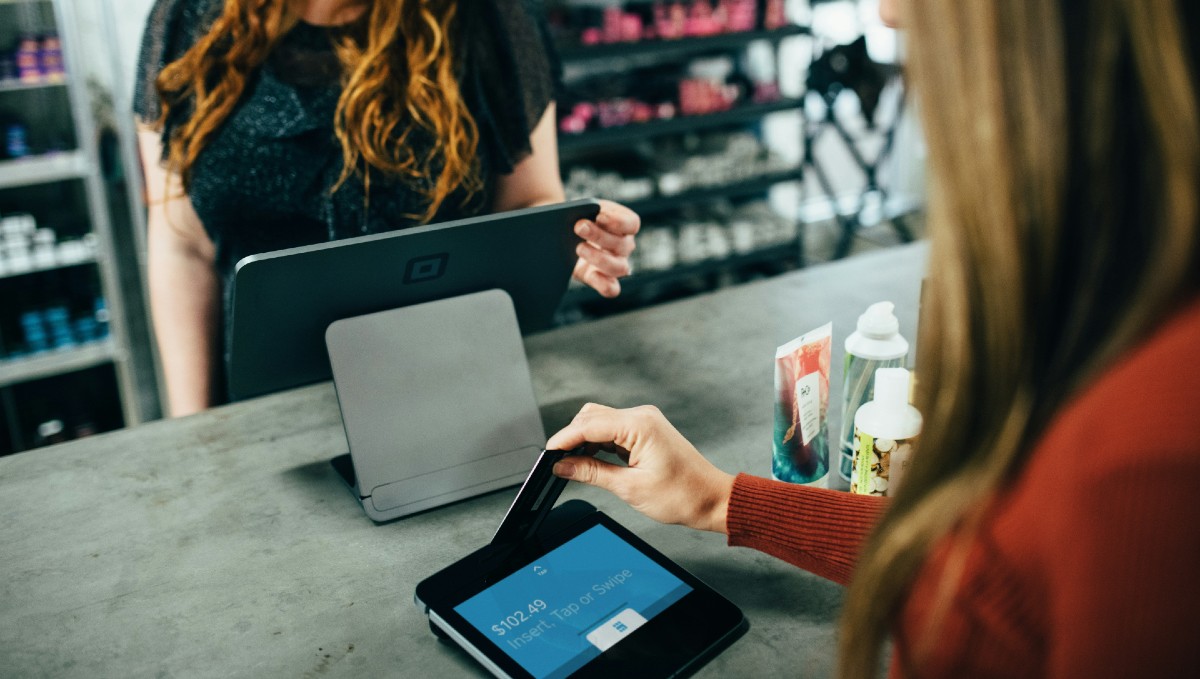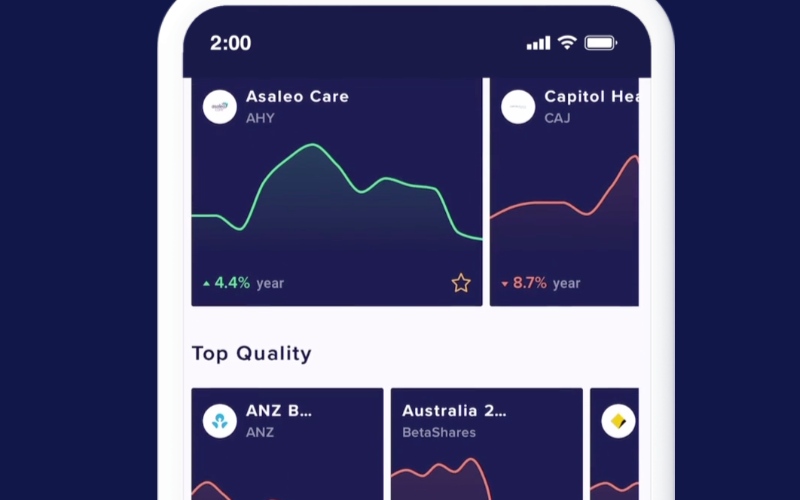That's according to the latest monthly Reserve Bank data for credit and charge cards in September 2020, which found balances accruing interest fell a further 2.63% month-to-month to reach $21.2 billion.
That's the lowest it has been since late 2004, and continues the trend of credit card debt plummeting over the COVID period.
Whether it's because of stimulus payments, more frugal pandemic spending, or more people using debit cards, the latest data means balances accruing interest have fallen by 23.8% since March 2020, and by almost 28% in a 12-month period.
Total credit card balances meanwhile are down 18% and 23.5% for these time periods respectively.
This also supports data from the latest illion Credit Card Nation report, which found as many as 116,000 cards per month were cancelled in the four months from March 2020.
"The beneficial economic environment created in the pandemic by government subsidies and mortgage payment holidays has given rise to a situation where many now have the ability to pay off their credit cards – and are doing so," illion CEO Simon Bligh said.
"Some go further by closing their account to avoid getting back into the debt cycle again."
This lack of credit card use has also had an adverse impact on spending figures.
According to the RBA, the number of purchases on credit cards has fallen more than 6% year-on-year, and the value of these purchases fell even further by 14.6%.
However, these figures increased by 0.83% and 0.86% month-to-month respectively, indicating we could be in for a bit of a pre-Christmas recovery.
Citi Australia's Australia Monthly Credit Card Index for October 2020 projects total spending will be 3% higher in October compared to September.
Choong Yu Lum, Head of Credit Cards at Citi Australia, said the industry is continuing towards the path to recovery.
"Customer spend patterns reflect a trend towards leisure time and holiday seeking, with behaviour showing consumers are on board with the easing of isolation restrictions, and ready for a break," Mr Lum said.
“In November, we typically see spend increase as consumers get organised for Christmas and other holidays.
"While we expect that spend will be diminished compared to the previous year, we are anticipating that month on month spend will increase across categories across Australia, though at a lower rate in Victoria."
However, Mr Lum also said it could be a while before we get back to "business as usual", and this includes credit card debt.
"People aren’t dining out as much, people aren’t travelling, and the increase of work from home means money usually spent at a CBD food court instead goes into the local supermarket," he said.
“Across all demographics, we have seen less active users on credit cards since the beginning of the Covid-19 pandemic. We’ve observed a broader trend that many consumers are paying back debt during this period of economic uncertainty.
"It’s a counter-intuitive trend, as during the Global Financial Crisis of 2008, we saw customers entering into more debt.
“Our hypothesis is that the reduction in the opportunity for consumers to spend, coupled with the government support programs during the pandemic has kept our consumer’s cash flow healthy."
See also: 'Extraordinary' consumer confidence surges past pre-COVID levels
Other notable card trends
Buried amidst the many rows of data released by the RBA is a more detailed look at how Aussies are using credit and debit cards.
Aussies are still using debit cards a lot more compared to credit cards for starters.
The number of purchases on debit cards is up more than 5% over COVID and 2% in just one month.
The value of purchases on debit cards meanwhile has surged almost 14% in a single year, so Australians are indeed using their own money for purchases over credit more and more.
Card-not-present transactions, such as Apple Pay or Google Pay, have also spiked by 28.5% on debit cards, perhaps driven by a desire to use less physical contact at merchants to stop the spread of the virus.
The number and value of overseas purchases have also fallen into the abyss.
For credit cards, the number of overseas transactions fell more than 50% year-on-year, with 34.5% occurring just during COVID months.
The value of these purchases is even more bleak, down 63.2% yearly, as Australians look more to local shops out of necessity.
Cash advances are up almost 3% on the month, but are still down nearly 30% since September 2019.
COVID-19 contributed around a third of that, with Australians either hesitant to withdraw cash or more aware of the high fees cash advances charge.



 Harrison Astbury
Harrison Astbury
 Denise Raward
Denise Raward

 William Jolly
William Jolly


